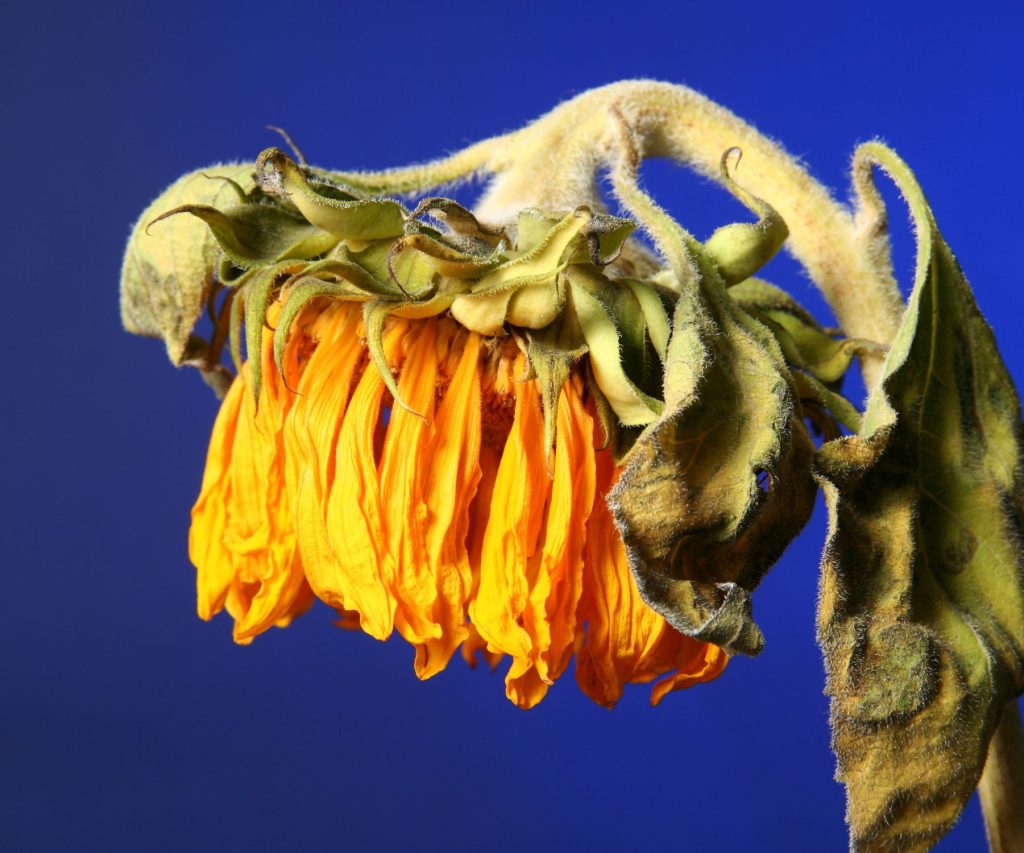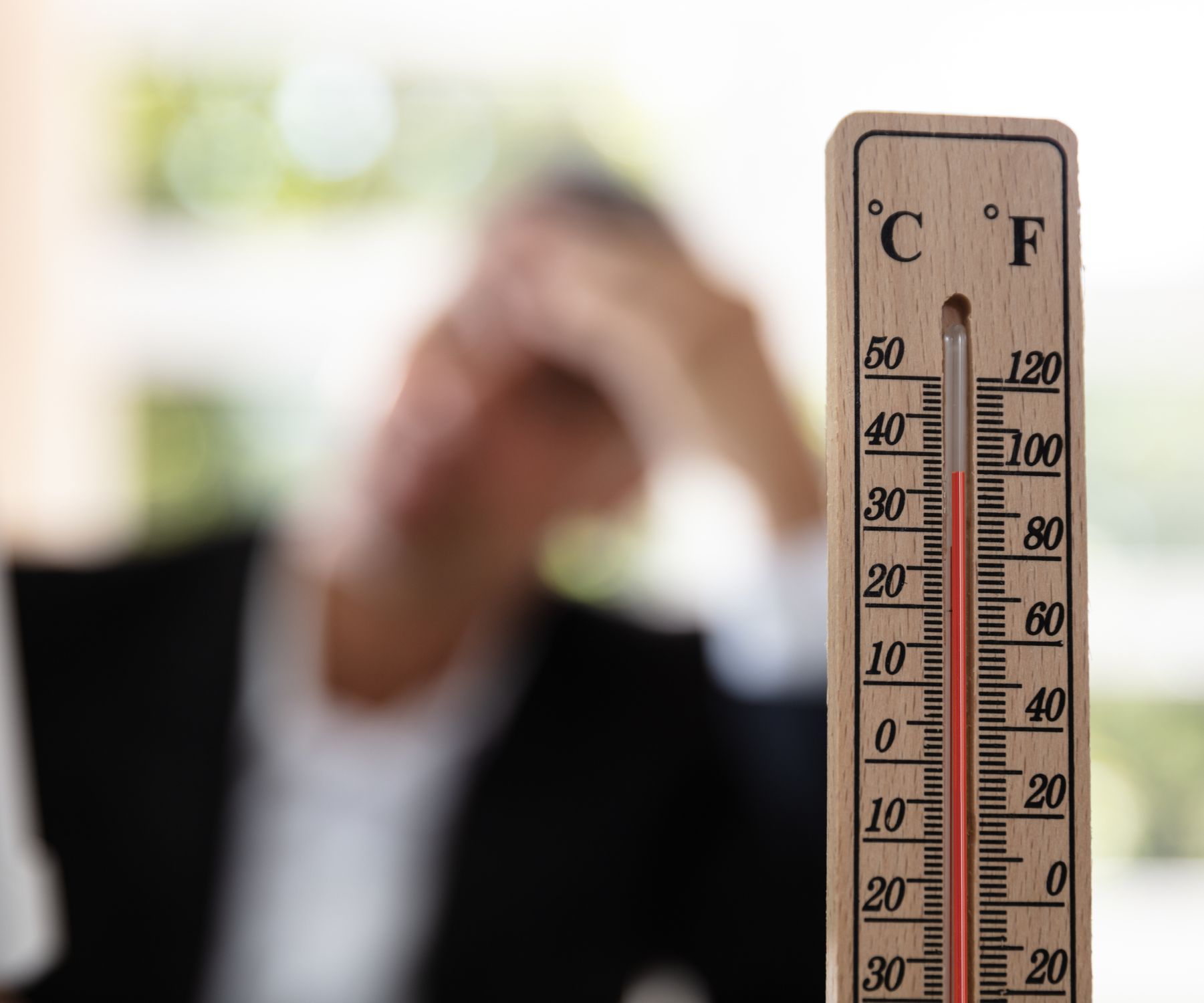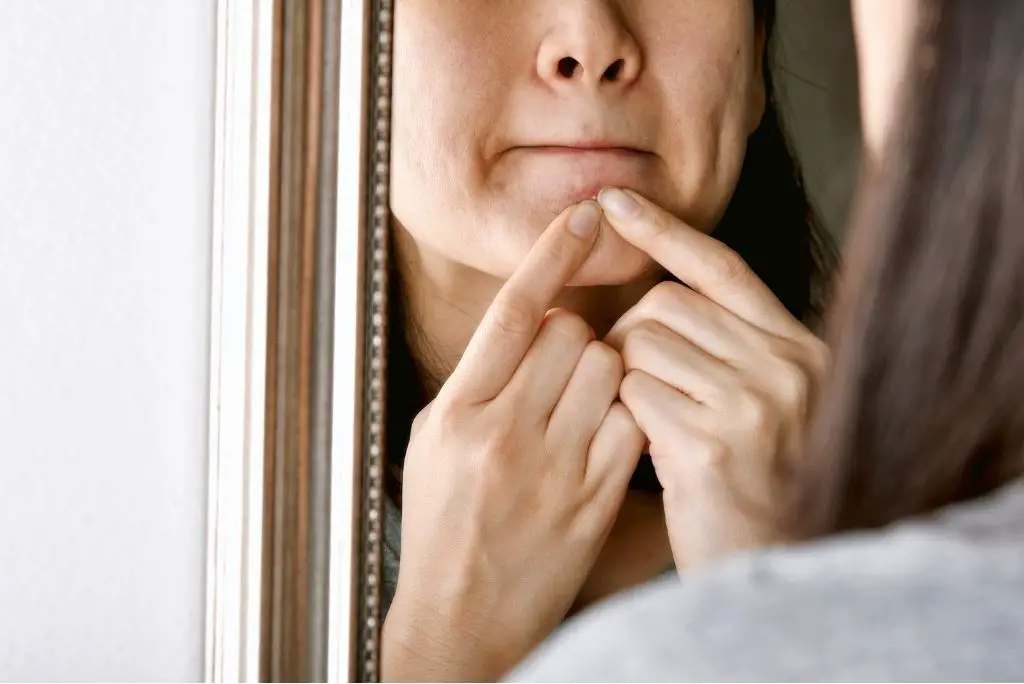Table of Contents
Low Humidity: Symptoms, Causes, and Treatment
Low humidity is a common problem during the winter months and in areas with dry climates. It occurs when there is not enough moisture in the air, which can lead to various symptoms in both humans and plants.
Understanding the symptoms of low humidity is important to take appropriate measures to prevent them.
In this article, we will discuss the symptoms of low humidity in humans, the causes of low humidity in homes, and how to treat low humidity symptoms in humans.
We will also cover the symptoms of low humidity in plants, how humidity affects plants, and how to increase humidity for plants.
| Room | Winter | Spring | Summer | Fall | Recommended Humidity Range |
|---|---|---|---|---|---|
| Bedroom | 30-40% | 40-50% | 50-60% | 40-50% | 30-60% |
| Living Room | 30-40% | 40-50% | 50-60% | 40-50% | 30-60% |
| Kitchen | 20-30% | 30-40% | 40-50% | 30-40% | 20-50% |
| Bathroom | 30-40% | 40-50% | 50-60% | 40-50% | 30-60% |
Low humidity can cause a range of uncomfortable symptoms in humans.
These include dry skin, chapped lips, itchy eyes, sore throat, nosebleeds, and respiratory problems.
When the air is dry, it can cause the skin to lose moisture, leading to dryness and cracking.
It can also cause the eyes to become itchy and irritated.
The lack of moisture in the air can dry out the nasal passages, leading to nosebleeds and sore throat.
In some cases, low humidity can cause respiratory problems, such as asthma and bronchitis.
Low humidity can be caused by a variety of factors, including winter weather, air conditioning, indoor heating systems, and lack of proper ventilation.
During the winter months, the air tends to be drier due to lower temperatures.
When the air is heated, it becomes even drier, which can cause low humidity indoors.
Air conditioning also removes moisture from the air, causing low humidity.
Lack of proper ventilation can also trap moisture in the home, causing low humidity.
There are several ways to treat low humidity symptoms in humans.
- Using a humidifier can add moisture to the air, which can help to alleviate symptoms.
- Drinking plenty of water can also help to keep the body hydrated.
- Using moisturizers and lip balms can help to soothe dry skin and chapped lips.
- Avoiding long, hot showers can also help to prevent dry skin and other symptoms.
 Low humidity can also have a significant impact on plants.
Low humidity can also have a significant impact on plants.
Symptoms of low humidity in plants include wilting leaves, stunted growth, brown leaf tips, leaf drop, and increased susceptibility to pests and diseases.
When the air is dry, plants lose moisture through transpiration, which can cause wilting and stunted growth.
Low humidity can also cause brown leaf tips and leaf drop, which can be harmful to the plant.
Plants that are grown in low humidity environments are also more susceptible to pests and diseases.
Humidity plays a critical role in plant growth and development.
Humidity affects plants in two primary ways: photosynthesis and transpiration.
Humidity affects photosynthesis by controlling the amount of water that is available to the plant.
If the air is too dry, the plant may not be able to take in enough water, which can reduce photosynthesis.
Humidity also affects transpiration by controlling the amount of water that is lost through the leaves.
If the air is too dry, the plant may lose too much water, which can cause wilting and stunted growth.
Optimal humidity levels for plant growth depend on the type of plant and the stage of growth.
| Plant Type | Germination | Vegatative | Flowering | Harvest | Optimal Humidity Range |
|---|---|---|---|---|---|
| Lettuce | 70-75% | 40-60% | 40-50% | 30-40% | 40-60% |
| Tomatoes | 75-80% | 40-70% | 60-65% | 50-55% | 40-65% |
| Basil | 70-75% | 50-70% | 40-50% | 30-40% | 40-70% |
| Cucumbers | 80-85% | 40-70% | 60-65% | 50-55% | 40-70% |
There are several ways to increase humidity for plants.
- Using a humidifier or misting the leaves can add moisture to the air around the plant.
- Placing a tray of water near the plant can also increase humidity.
- Another option is to group plants together, which can create a microclimate with higher humidity levels.
However, it is important to be careful not to over-humidify the plants, as over-humidification can lead to other issues, such as mold growth and root rot.
Some of the plants that are known to be effective in purifying the air include spider plants, peace lilies, Boston ferns, and snake plants.
Therefore, adding these plants to our homes can not only add aesthetic value but also provide numerous health benefits.
In conclusion, understanding the symptoms of low humidity in humans and plants, as well as the causes and ways to treat them, is essential for maintaining a healthy and comfortable environment.
By taking these steps, we can improve indoor air quality, promote healthy growth and development of plants, and enhance our overall well-being.
Whether it is by using a humidifier or incorporating indoor plants, taking these steps can help improve indoor air quality, support healthy growth and development of plants, and enhance our overall quality of life.
Humidity plays a critical role in plant growth and development.
Humidity affects plants in two primary ways: photosynthesis and transpiration.
Humidity affects photosynthesis by controlling the amount of water that is available to the plant.
If the air is too dry, the plant may not be able to take in enough water, which can reduce photosynthesis.
Humidity also affects transpiration by controlling the amount of water that is lost through the leaves.
If the air is too dry, the plant may lose too much water, which can cause wilting and stunted growth.
Optimal humidity levels for plant growth depend on the type of plant and the stage of growth.
There are several ways to increase humidity for plants.
Using a humidifier or misting the leaves can add moisture to the air around the plant.
Placing a tray of water near the plant can also increase humidity.
Another option is to group plants together, which can create a microclimate with higher humidity levels.
However, it is important to be careful not to over-humidify the plants, as over-humidification can lead to other issues, such as mold growth and root rot.
Furthermore, incorporating indoor plants in our living spaces can be an effective way to improve indoor air quality, as they can help purify the air by removing harmful chemicals and toxins from the environment.
Some of the plants that are known to be effective in purifying the air include spider plants, peace lilies, Boston ferns, and snake plants.
Therefore, adding these plants to our homes can not only add aesthetic value but also provide numerous health benefits.
 In conclusion, understanding the symptoms of low humidity in humans and plants, as well as the causes and ways to treat them, is essential for maintaining a healthy and comfortable environment.
In conclusion, understanding the symptoms of low humidity in humans and plants, as well as the causes and ways to treat them, is essential for maintaining a healthy and comfortable environment.
By taking these steps, we can improve indoor air quality, promote healthy growth and development of plants, and enhance our overall well-being.
Whether it is by using a humidifier or incorporating indoor plants, taking these steps can help improve indoor air quality, support healthy growth and development of plants, and enhance our overall quality of life.
FAQ
1. What are the symptoms of low humidity in humans?
Dry skin, chapped lips, itchy eyes, sore throat, nosebleeds, and respiratory problems are common symptoms of low humidity in humans.
2. What causes low humidity in homes?
Low humidity in homes can be caused by a variety of factors, including winter weather, air conditioning, indoor heating systems, and lack of proper ventilation.
3. How does low humidity affect plants?
Low humidity affects plants by causing wilting leaves, stunted growth, brown leaf tips, leaf drop, and increased susceptibility to pests and diseases.
4. How can I treat low humidity symptoms in humans?
Using a humidifier, drinking plenty of water, using moisturizers and lip balms, and avoiding long, hot showers can help alleviate low humidity symptoms in humans.
5. What is the optimal humidity range for plant growth?
The optimal humidity range for plant growth depends on the type of plant and the stage of growth. A table listing optimal humidity ranges for different types of plants is available in the article.
6. How can I increase humidity for plants?
Using a humidifier, misting the leaves, placing a tray of water near the plant, or grouping plants together can increase humidity levels for plants.
7. How can I monitor humidity levels in my home?
You can use a hygrometer to monitor humidity levels in your home. Hygrometers are available for purchase at most hardware or home improvement stores.
8. How can low humidity be prevented during the winter months?
To prevent low humidity during the winter months, use a humidifier, maintain proper ventilation, and avoid overuse of heating systems.
9. Can indoor plants improve indoor air quality?
Yes, indoor plants can help purify the air by removing harmful chemicals and toxins from the environment.
10. What are some indoor plants that are effective in purifying the air?
Some indoor plants that are effective in purifying the air include spider plants, peace lilies, Boston ferns, and snake plants. A list of such plants is available in the article.








